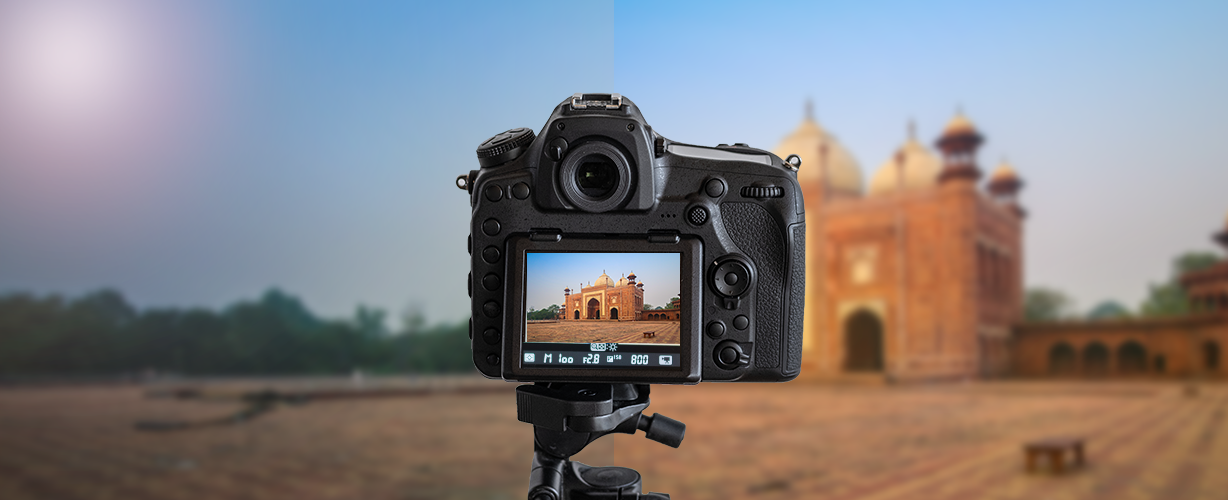According to the 2013 Mintel U.S. weddings report, 58% of brides would prefer their weddings be remembered as casual parties rather than formal events, which would explain why so many couples have become fascinated with destination weddings. Whether they desire to have the ceremony in an idyllic vacation spot or want to keep their wedding small by not inviting many guests, destination weddings may be a perfect choice. Other couples may even have family all over the world, making a destination wedding more suitable for everyone involved.
Some couples would also prefer an exotic locale to the hotels and reception halls of traditional weddings, as most weddings are scheduled there.
Wedding Photography of Traditional Wedding Events
Many wedding traditions are born from different cultures, and traditional wedding photography can mean different things to different people. One might be very surprised to learn what traditional means in other countries, nations or specific tribes, and no matter the service or traditions, wedding photographers will have to cater to the specific traditions and rules of the ceremony. Even if they are not of that culture, the wedding photographer will need to place accents traditionally.
To avoid flaws in the photographs and their presentation of the ceremony, photographers may have to employ advanced wedding photography post-processing services and techniques and complicated compositions.
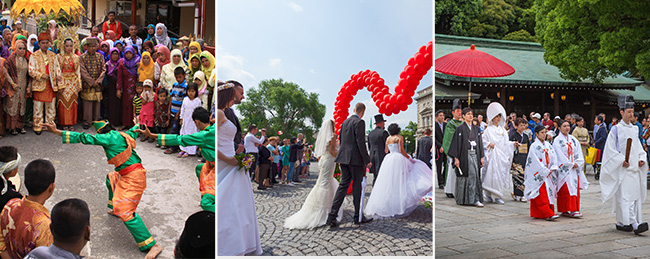
There are many different styles and formats of wedding ceremonies, and therefore, multiple different styles of wedding photography. These include wedding photojournalism, which requires minimal invasion and tells the story of the wedding as it happens. The photographer simply watches and photographs events as they unfold and captures the beautiful moments. The outcome is very natural looking photographs.
Fine art wedding photography which is for those who prefer something more artistic and unusual. Fashion wedding photography uses clothing and beautiful surroundings to make the accents. This type of photography is used most often in cities where people feel a part of high fashion, such as Los Angeles. Poses and facial expressions are very important too, and fashion wedding photographers will have to be more involved than normal.
Traditional wedding photography is the most common in developed countries nowadays and is also called classical wedding photography. It requires a high level of photographer-involvement, just like fashion wedding photography, and the photographer must act as both shooter and coordinator, guiding and directing people into good poses. This doesn’t mean that the photographer must intervene all the time, and many good moments can be captured unnoticed. Occasionally, brides can find this level of intervention disruptive, but others will be happy to have help making the day memorable. Traditional wedding photography requires the photographer to be familiar with wedding portraiture, as this style requires a good deal of close-ups.
Popular Cultural Weddings
According to research by TheKnot.com, 483 000 couples of the 2.3 million weddings that took place in the U.S. in 2017, around 21%, incorporated some type of cultural element into their wedding day, meaning that photographers must now develop a deeper understanding of how to capture the cultural aspects of the most important day in a couple’s life.
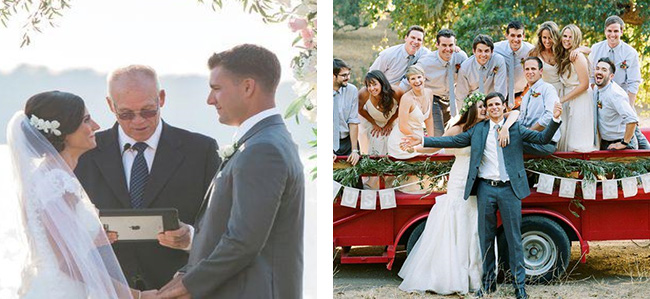
Examples of cultural wedding traditions can include Javanese weddings, the ethnic majority of Indonesia, whose weddings begin with an agreement and formal meeting between the families after which date is set, and tasks are divvied up.
Another example is Australian weddings, which may involve a Stone Ceremony, wherein the couple throw a rock into some body of water – a tradition which dates back to a time when Australian settlers could not afford wedding rings, and thus threw a stone into the water as a symbolic gesture, taken to mean “staying together as life ebbed and flowed around them.”
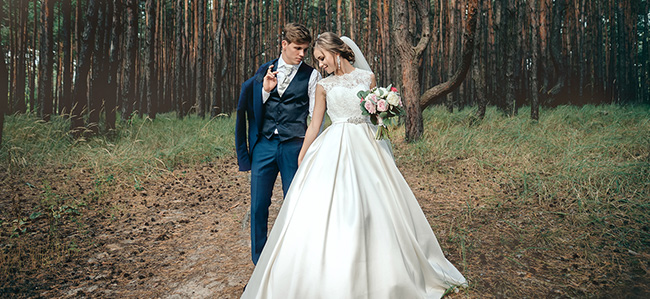
Hindu Weddings
Considered a turning point in a person’s life, when they enter the ‘Garhasthyaashram,’ or the second important phase or ashram of his life, marriage in the Hindu belief is made in heaven, with the bond said to last seven lifetimes. Because of this, a lot of importance is placed on marriage in the Hindu belief, and it is considered one of the most important duties in a man’s life, as it is the time when he pays his debt to his forefathers by fathering children and continuing his family’s lineage.
With some Hindu marriage rituals taking days to be completed, the weddings are long processes and every custom and practice in the ceremony has a deep philosophical and spiritual significance that the photographer must be able to capture. These rituals and traditions are adhered to by Hindus around the globe, and a Hindu wedding ceremony is one of the unique ceremonies in the world.
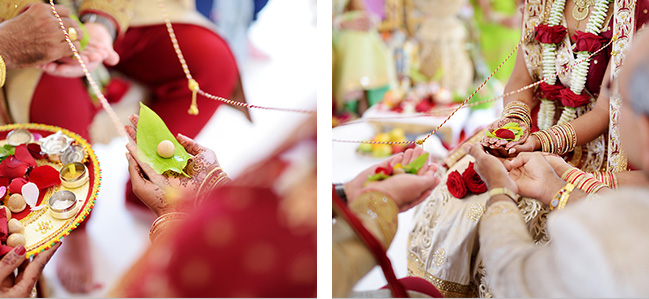
Amazing Hindu wedding ceremony. Beautifully decorated Hindu wedding accessories. Indian marriage traditions.
Chinese Weddings
In olden times, traditional Chinese weddings occurred at ancestral shrines, and in upper-class families, the bride and groom were transported there in wedding sedans decorated with flowers and birds. The couple also wore red and green silk garments, with the red symbolizing good fortune.
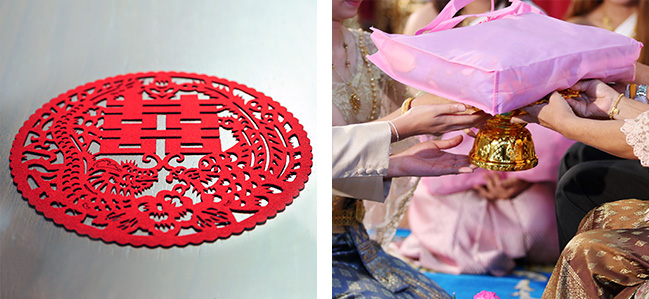
Chinese wedding decoration closes up. The text on the decoration means happiness and is widely used in the Chinese wedding decoration.
Chinese wedding tea ceremony. Bride and groom are giving a gift to the elder. Selective focus and shallow depth of field.
Filipino Weddings
An impressive fusion of historical and modern customs, Filipino weddings celebrate the coming together of two families, rather than just the individuals. With a strong family influence, the traditional Filipino wedding includes stunning Barong and Filipiniana attire, as well as traditional Tinikling folk dance; there are many wedding customs that are unique to cultural Filipino weddings.
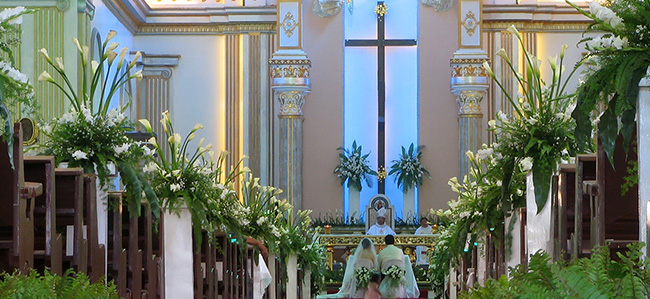
Traditional Filipino Catholic wedding ceremony old style in a cathedral, with flowers arranged along the aisle and the couple at the altar. Dumaguete Cathedral, Negros Oriental, Philippines.
Korean Weddings
The kunbere ceremony is where vows are taken during Korean wedding ceremonies, where bride and groom wear traditional hanbok, a traditional Korean dress designed especially for the ceremony, which is made of a lightweight material and represents thousands of years of tradition. It is designed with simple lines and no pockets, featuring bright colors. The bride typically wears a hanbok in pink or purple, while the mother of the groom wears on in blue. Female family members may also wear the hanbok but may also choose more modern clothing.
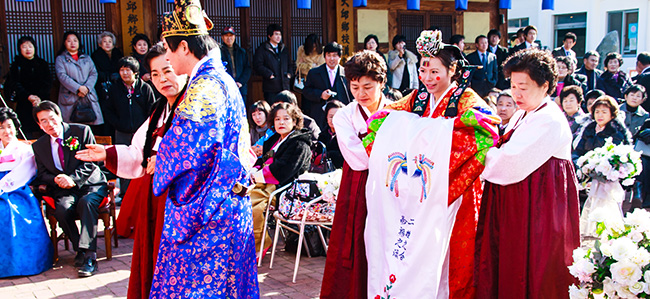
Persian Weddings
Persian weddings as they are known in Western countries, otherwise known as Iranian weddings have traditions dating back to ancient Zoroastrian tradition with local and regional variations. A wedding table is specifically made for each couple, with significant items used throughout the ceremony, such as the Holy Book, mirror, candelabras, and honey.
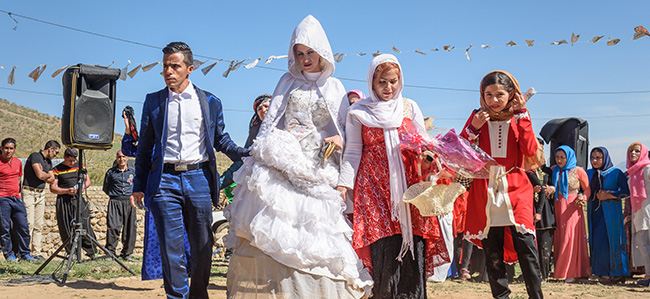
Vietnamese Weddings
Vietnamese weddings consist of an extensive set of ceremonies, including asking permission to receive the bride, receiving the bride at her house, and bringing the bride to the groom’s house. Preparations for these traditional ceremonies begins with choosing a time and date for the ceremony, decided by a Buddhist monk, fortune teller or spiritual leader, due to the occasion spiritual nature. If the family is Catholic, this may change. A hybrid traditional Western and Vietnamese style ceremony can occur and will usually include at least two traditional ceremonies.
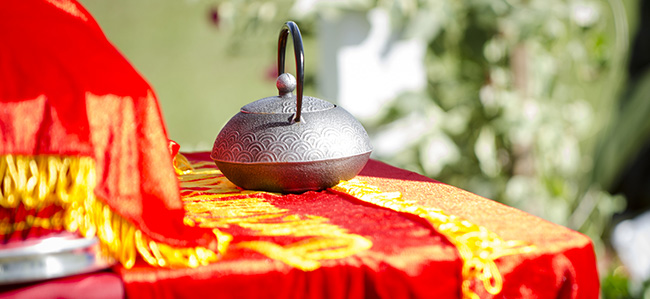
Challenges in Traditional Wedding Photography
The traditional concept which delves into the roots of the couple’s cultural heritage must be identified, and wedding photography must display those cultural elements.
A location must be chosen which displays the antique vibes of the chosen culture. Attire should also be traditional, but simple and sweet. The elaborate details should be saved for the wedding day. Traditional wedding photography can also be supplied in black and white or sepia to provide a more authentic feel.
Inclement weather can provide a challenge in traditional wedding photography, depending on the location and time of year chosen for the wedding. Extreme heat or cold, or snow and rain can be a problem on the day of the wedding. The photographer should visit the venue a few days before the event, around the same time as the wedding will occur to assess the lighting situation. A walkthrough of the entire venue will be helpful to identify the type of lighting you will have in each spot to properly prepare and decide what kind of equipment and accessories will be necessary on the day.
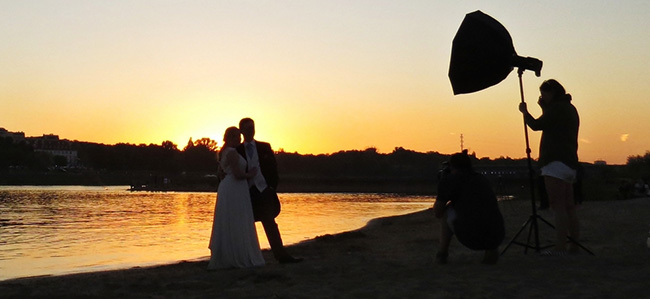
Time is another factor, as some weddings are short, and many are only a few hours long, but photographs of every moment must be captured, and in wedding photography, there are no do-overs.
Low-light photography can be challenging, and in wedding photography where there is only one shot, it can be challenging. When special moments must be photographed, and you are trying not to distract from the moment, it can become nerve-wracking. Photographers should also not use flash during the ceremony, even if the couple doesn’t seem to mind as it is considered bad form.
How Traditional Wedding Photo Editing Can Address These Challenges
Photo editing programs allow photographers to make improvements to image files, improving the quality as well as optimizing color, contrast, and sharpness. Using photo editing software, photographers can improve the general appearance of images, or attain completely different images by using filters and effects or adding elements. Many photo editing programs also allow for the addition of stickers, frames, and text legends.
Another benefit of editing wedding photography by using photo editing programs is the time-saving and the way these programs have revolutionized the traditional process of photographic editing. By batch-editing photographs, photographers can save hours, as, after just one day of shooting, they could have amassed hundreds, if not thousands of images.
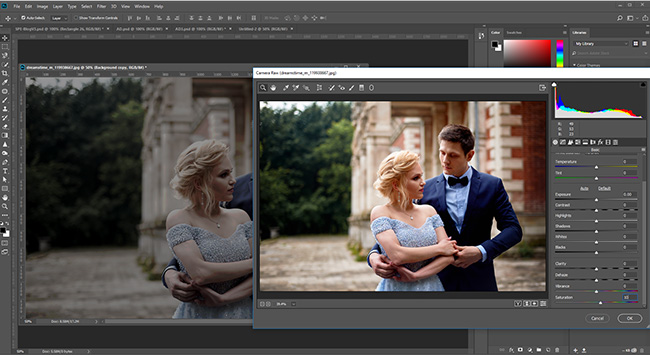
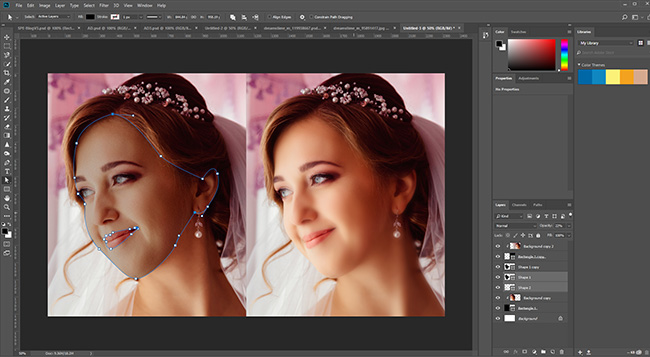
Lightroom Presets
To create unique wedding photography, professional wedding photographers must spend a lot of time editing images, and thus, Lightroom presets for weddings help to save time. These presets simplify wedding photography editing techniques, as the process for editing wedding photography can be complex, and Lightroom presets can instantly get photos 85-90% edited, and one click can sometimes finish the editing process. Some Lightroom presets include presets for portraits, for outdoor photos, black and white and vintage filters.
Lightroom presets provide a range of creative possibilities and allow photographers to effectively apply different styles and wedding photography editing techniques to see which best fits a photo or the entire shoot. Lightroom presets also provide the ability to process images in a batch, editing a range of photos quickly.
Modern Equipment Bringing Difference to Traditional Wedding Photos
Modern photographic equipment can assist with cultural wedding photography.
-

Camera
The most important piece of equipment for the day is a camera, ideally with a full-frame to capture all the details. A spare camera can also be essential, in case of a malfunction on the day, as well as a spare battery and a charger, especially for long events, such as Hindu weddings.
-

Memory Card
Multiple memory cards are vital for long events, and you should invest in good quality cards, as less reputable brands may be more susceptible to losing and corrupting data.
-

Lenses
Lenses are another vital piece of equipment for photographing cultural weddings. A zoom lens will allow you to get the shots that you need while giving the couple their space. A prime lens such a 50mm f/1.8 will allow you to capture intimate moments and whimsical portraits, while also performing excellently in low-light conditions such as the inside of a church.
A 16-35mm f/4 wide angle lens will also assist with capturing scenic shots of landscapes, or large family portraits – important for weddings where family play a huge part, such as Filipino weddings.
-

External Flash
When photographing in super low-light conditions, an external flash is vital – especially when photographing medium to long-range shots. Light from the internal flash can be harsh and unflattering, rendering an external flash vital.
-

Reflector
A 5-in-1 reflector is essential for photographing in difficult lighting conditions, for filling in shadows and reflecting light, such as the sparkle in the bride’s eyes.
-

Studio Lighting
Professional photographers may also employ studio lighting when photographing cultural weddings. A well-lit spot can be set up at the reception with a backdrop and props.
Examples of Cultural Wedding Ideas and Photoshoot
Some examples of cultural wedding elements include:
The Fertility and Good Fortune Cake
A tradition that began in ancient Rome with the mustaceum, a cake made from wheat or barley that the groom was supposed to crush over the brides head, wedding cakes were said to seal the union and promote fertility and good fortune. After the Romans invaded in 43CE, the tradition spread to England, and by the 1600s, the main wedding dish had become bride’s pie – a pastry with sweetmeats, testicles, and spices. These were eventually replaced by affordable fruitcakes.
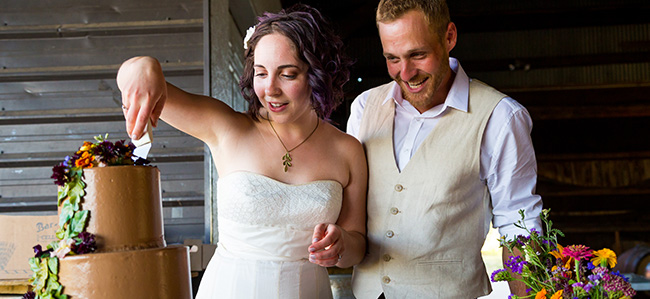
White cakes became popular as sugar became more readily accessible, and, as the more refined sugar yielded a whiter cake, stark white cakes became a sign of wealth, as well as the bride’s purity. The wealthy also used elaborate, tiered cakes to signify their status, and now, tiered cakes are a wedding staple. Groom’s cakes also spread from England, and the theory went that if a maiden took a slice home and slept with it under her pillow, she would dream of her husband-to-be
Wearing the Veil
The wedding veil served many purposes in different cultures, and though its origins are unclear, it is known that veils predate wedding dress. In ancient Rome and Greece, brides were obscured head to foot by colored veils, said to keep evil spirits at bay, and upon her death, a Roman women’s veil would be used as a burial shroud. European crusaders during medieval times returned home with knowledge of Arabic traditions, which then spread to the Western world, after which veils came to signify virginity and modesty at weddings.
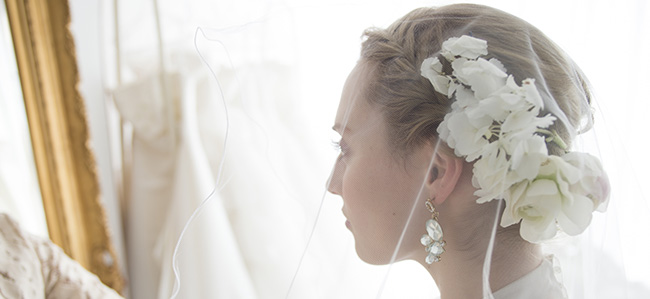
Bouquet Toss
Bridal bouquets, as with wedding veils, were meant to protect couples from misfortune. Made with herbs like rosemary and garlic, they were also thought to ensure fertility and faithfulness.
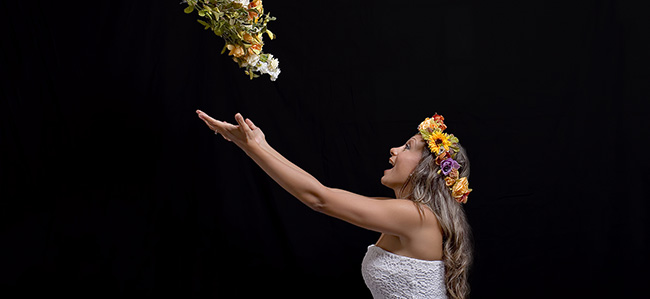
Bridesmaids of Deception
Historically meant to be an unmarried woman, the maid of honor and bridesmaids are helpful at weddings, with their duties possibly including throwing bachelorette parties and bridal showers, and helping with setup, bridesmaids once served a far more solemn purpose.
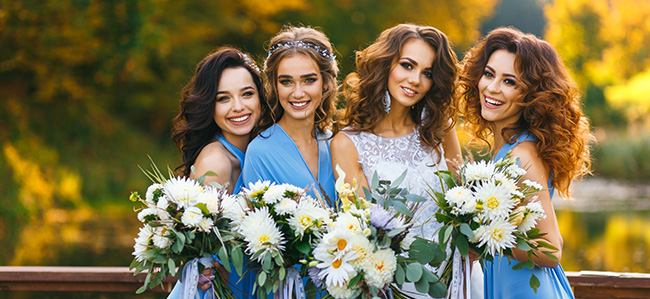
Dry Rice Shower
While the idea of showering a newly married couple might be strange, the tradition dates back to ancient times when guests would shower couples with grains for good fortune and fertility. These days, guests are sometimes warned not to throw rice, as it’s rumored to kill birds.
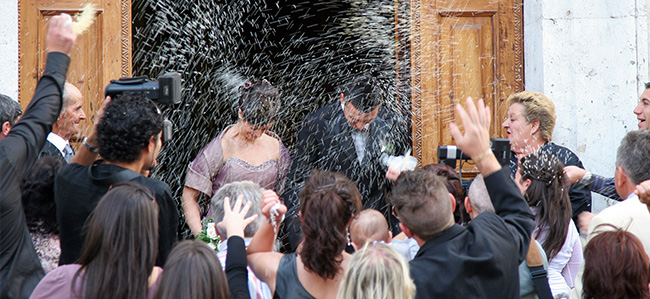
Garter Toss
Originating in 14th century Europe, the garter toss started as bridal attire was considered lucky – the same reason the bouquet was thrown. Because of this, some guests became unruly and tried to grab the garter straight off the bride’s leg. This problem was avoided by simply throwing the garter to the men, and out of respect for the bride’s dignity, the husband began throwing the garter himself.
Giving Away the Bride
The bride’s father giving her away is a western tradition, wherein he walks her down the aisle and “gives her” to the new husband. It originated as early weddings were essentially financial transactions, as the bride was considered property and as her rights were dependant on the man who was in charge of her life, being “given away” represented authority over her life being transferred from father to the husband.
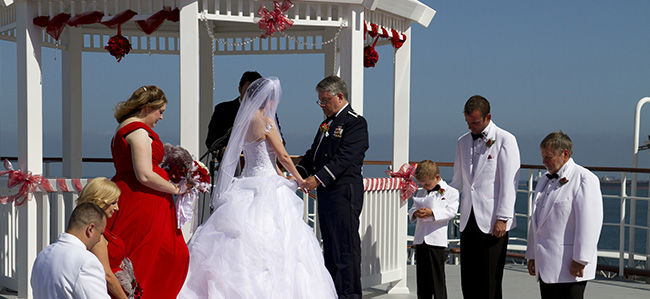
An Album Full of Memories for the Life to Cherish
Wedding photography is one of the most important factors for couples to consider when planning their nuptials. The only tangible thing that will be left once the ceremony is over, couples must choose their photographer carefully. It is best to hire a photographer that matches the couple’s tastes, as they will be working together for a long time – covering photographs of the couple before the wedding, for announcements, thank you cards and portrait displays, as well as the wedding and reception.
Wedding photography is the best way for a couple’s special day to be immortalized, as there is only one chance to get it right. Choosing a photographer that can accurately capture the cultural aspects of the ceremony is essential for those couples looking for ethnic wedding pictures.
– Smart Photo Editors
Disclaimer:All the product names, logos, trademarks, and brand names are the property of their respective owners. All the products, services, and organization names mentioned in this page are for identification purpose only and do not imply endorsement.
SmartPHOTOeditors







